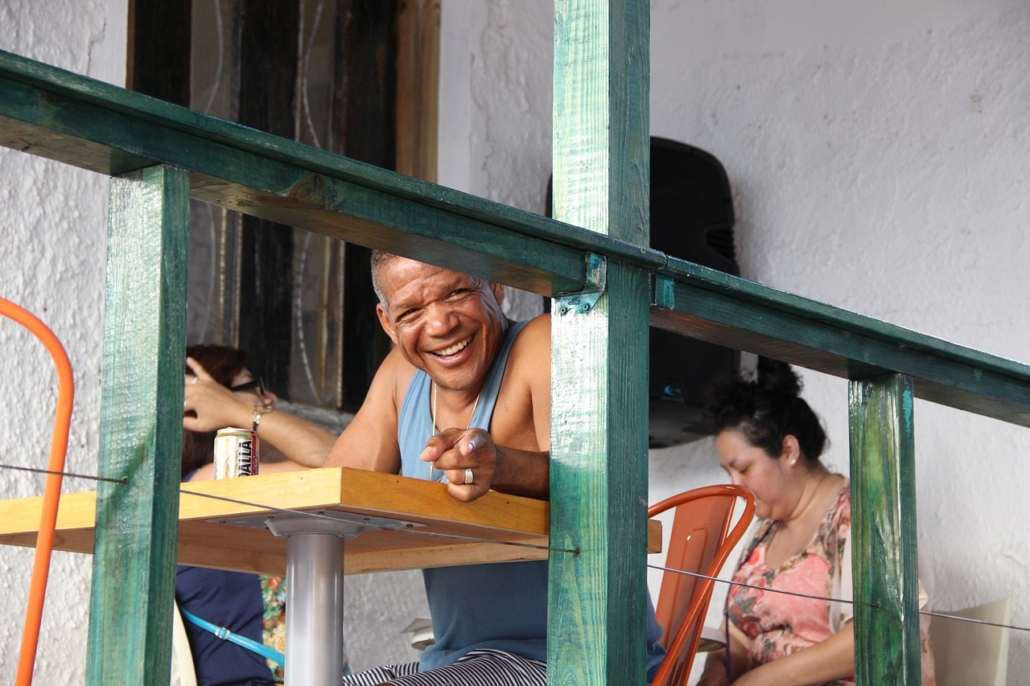 In a significant effort to boost economic development and fight poverty in Puerto Rico, the U.S. Department of the Treasury has given the green light to allocate $158 million in federal funds for Puerto Rico under the American Rescue Plan’s Capital Projects Fund.
In a significant effort to boost economic development and fight poverty in Puerto Rico, the U.S. Department of the Treasury has given the green light to allocate $158 million in federal funds for Puerto Rico under the American Rescue Plan’s Capital Projects Fund.
This substantial investment has a two-fold focus, with $85.7 million dedicated to broadband infrastructure and $64.7 million allocated to multi-purpose community technology centers. This initiative’s primary objectives include combating poverty and nurturing development within the territory by bridging the digital divide that plagues Puerto Rico.
Puerto Rico’s Lack of Connectivity
More than 61,000 homes and small businesses on the island currently lack access to broadband internet. This digital divide has far-reaching consequences, limiting access to critical services such as health care, educational opportunities and employment prospects.
Impacts Across Multiple Sectors
The investment of $85.7 million in broadband infrastructure represents a transformative opportunity for Puerto Rico. This significant funding will connect thousands of households while ushering in a wave of positive changes for the island’s residents.
One of the most notable benefits will be the enhancement of telehealth services. With improved broadband access, residents will have easier and more reliable access to remote medical consultations. This is especially vital for individuals in rural or underserved areas who may struggle with physical access to health care facilities. The statistics suggest a substantial increase in telehealth consultations, ensuring that more Puerto Ricans can receive timely medical care, ultimately leading to better health outcomes.
The investment also opens the door to expanded online education. With faster and more reliable internet connections, students of all ages will have improved access to online courses and educational resources. This is crucial for remote or underserved communities, providing them with opportunities for skill development and academic advancement. The expected rise in online course enrollments is a testament to the potential educational impact.
This infusion of funds will also stimulate remote work opportunities. As Puerto Rico’s digital infrastructure improves, remote job prospects will increase significantly. This is a particularly welcome development, given the flexibility it offers to the workforce. The anticipated growth in remote job opportunities will enable residents to access a broader range of employment options without the need for relocation off-island.
In addition to the broadband infrastructure investment, the allocation of $64.7 million to multi-purpose community technology centers is a game changer. These centers will serve as more than just internet access points; they will become vital community hubs, providing educational resources, training and access to various services. These centers are poised to empower communities by offering essential skill-development programs, digital literacy training and a space for residents to access critical services such as job searches, government assistance programs and more.
The Commitment to Fighting Poverty Globally
This initiative underscores the Biden-Harris Administration’s unwavering commitment to equity and the long-term development of Puerto Rico. Reducing poverty and enhancing economic opportunities represents a significant stride toward creating a more prosperous and interconnected Puerto Rico. In the realm of Congressional politics, several bipartisan bills in the House aim to address global poverty and development. Dedicated representatives who recognize the importance of international cooperation champion these bills.
Multilateral Organizations and Their Role in Fighting Global Poverty
Beyond Congress, big multilateral organizations like the United Nations (UN), the International Monetary Fund (IMF) and the World Bank also play a pivotal role in combating global poverty. Their collaborative efforts with governments worldwide underscore the significance of international partnerships in tackling poverty on a global scale.
The U.S. Treasury’s $158 million initiative for Puerto Rico is a beacon of hope for the island’s residents. By reducing the digital divide, expanding access to vital services and fostering economic growth, it exemplifies the positive impact of strategic investments. Moreover, it aligns with a broader global effort involving both Congress and international organizations, to address poverty and foster development.
– Suhani Bhattad
Photo: Pixabay



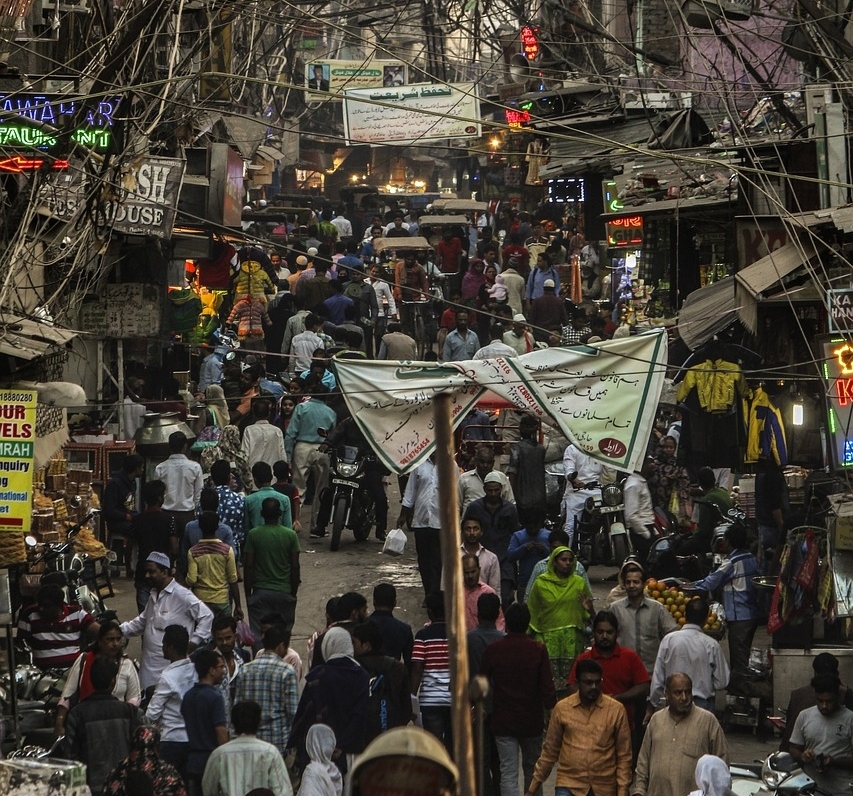 The United Nations (U.N.) has been
The United Nations (U.N.) has been  The Democratic Republic of Congo boasts a generous supply of natural resources and opportunities, including the ability to use hydropower, but the country’s history of political instability and economic turmoil prevents its citizens from utilizing these assets. In fact, it ranks as
The Democratic Republic of Congo boasts a generous supply of natural resources and opportunities, including the ability to use hydropower, but the country’s history of political instability and economic turmoil prevents its citizens from utilizing these assets. In fact, it ranks as 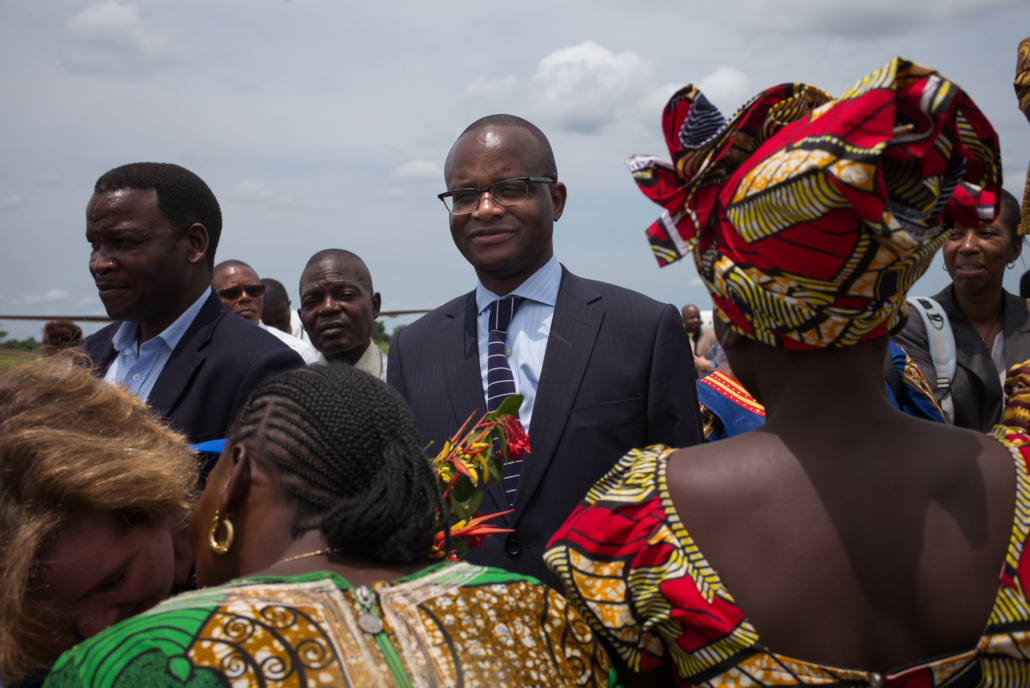
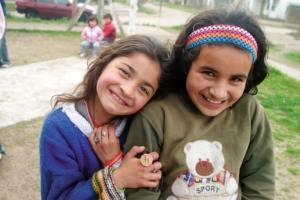 On July 2, 2022,
On July 2, 2022, Sri Lanka is experiencing an economic crisis of massive proportions. The U.N. has dubbed it a “
Sri Lanka is experiencing an economic crisis of massive proportions. The U.N. has dubbed it a “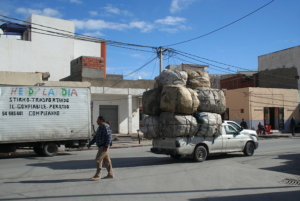 Tunisia, a North African country with a population of 11.8 million, is facing a dire food crisis in the wake of the Ukraine War. Recently, the country has struggled with various political and economic strife, including
Tunisia, a North African country with a population of 11.8 million, is facing a dire food crisis in the wake of the Ukraine War. Recently, the country has struggled with various political and economic strife, including